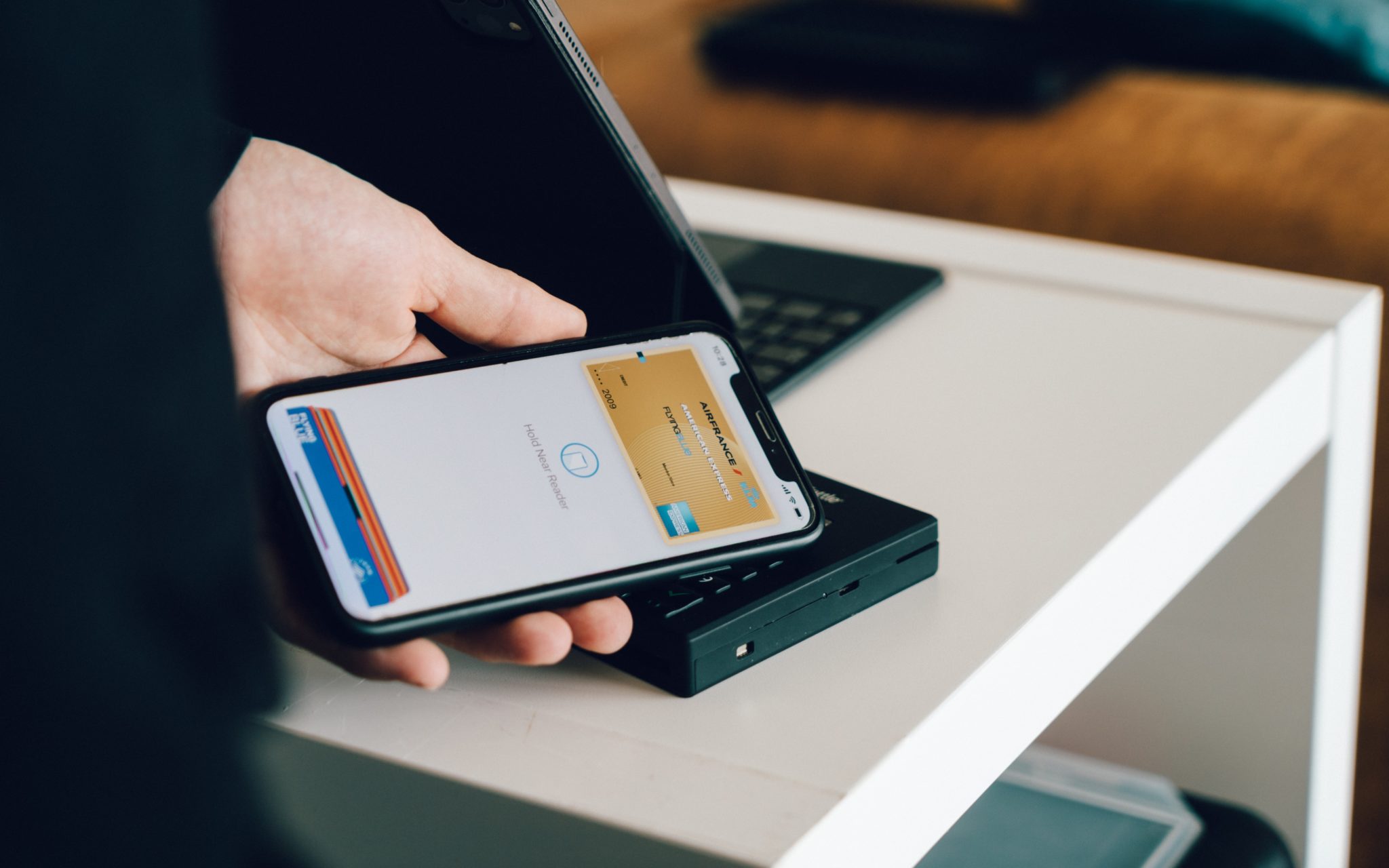Offline Ticket is an optional Counterpoint function that stores a smaller version of your live Counterpoint system on your local register. Every 15 minutes, packets of information are sent to your NCR Counterpoint server from the offline station(s). Also, inventory updates, posted sales, customer updates, drawer sessions, and Counterpoint user updates are received by the offline station(s).
Offline Ticket can be a lifesaver when the connection to your live Counterpoint server is down or slow. You can use this option to minimize your network bandwidth in order to optimize your network performance. This feature can also be used for outside sales events such as tent sales, trade shows, and conferences when you have minimal internet sources for credit card transactions.

Why Test Offline Ticket Weekly?
When an update packet fails to make it to the offline station(s), the information in that packet will be missing from the offline database. Offline will attempt to receive the packets again, but if something is not working correctly (Counterpoint Services, for example), the information will never get processed.
For example, if the packet from your live company contains a changed password, a new item, or a large number of items that were transferred to another location and don’t reach your offline station, the offline database is no longer up to date. This will cause problems in a situation that demands operation in offline ticket.
Testing offline ticket weekly will ensure your offline database is always up to date. If you find an issue during your testing, you (or RCS) can resolve the issue proactively so that offline ticket will be functional when needed. Now that you know why you should test weekly, let’s review how to do so.
How to Test Offline Ticket
Testing Offline Ticket can be done one of two ways:
- Pick a day of the week to open your drawer and run the morning shift in offline mode. As long as you have an internet source, you will be able to process credit cards. Run both cash and credit card transactions to be sure all of your hardware devices are working correctly (e.g., credit card swipes, receipt printers, pole displays, cash drawers, etc.). When your shift is done, count your drawer in offline mode and then reconcile it in your live Counterpoint system. Verify all tickets have transferred to the live Counterpoint database by comparing your drawer reading report from both live and offline.
- A more straightforward test: open one drawer in offline ticket and run a couple of test transactions using credit card and cash payment types. You can void the tickets in your live Counterpoint system once they have synced with the NCR Counterpoint server.
Testing offline ticket weekly will save you headaches in the future and can prevent revenue loss by ensuring maximum up-time for your Counterpoint system.
Read the full NCR Counterpoint Knowledge Base article here on offline ticket entry.
If you have further questions, please don’t hesitate to call support at 800-417-3030 option 2 or fill out our Contact Us Form. We have multiple certified Counterpoint technicians happy to assist you!
*Editors Note: This post was originally published in June of 2015 and has been updated for accuracy.



